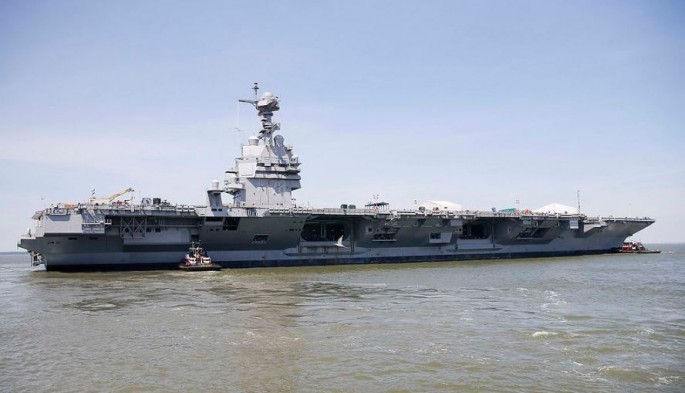The plan to expand the U.S. Navy to 308 warships will cost a mammoth $566 billion to accomplish and over 30 years to complete.
The Congressional Budget Office (CBO), which made this assessment, also estimated the United States will have to spend $19 billion a year for the new ships, an amount 36 percent higher than the historical average of $14 billion the Navy normally spends for warship construction every year.
Ship construction will be a phased approach. Seven ships will be built this year; 38 ships between 2017 and 2021 and another 216 ships between 2022 and 2046.
The 2017 Navy shipbuilding plan now with Congress envisions an increase the size of the fleet to 308 ships by building 254 ships over a 30-year period. Taking into account the retirement of current ships, the U.S. Navy will reach the 308 ship goal by 2021, said the CBO.
The Navy's fleet of combat capable ships numbered 272 in 2016, which is inadequate number to meet Navy's role of policing the global commons and responding to near-peer adversaries like Russia and China, according to the Navy. The 308-ship fleet will remedy this disadvantage.
Among the new ships to be built over the next 30 years will be six Gerald R. Ford-class aircraft carriers, which will allow the navy to sustain an 11 carrier fleet until 2039 as older carriers reach the end of their service lives.
The Gerald R. Ford-class will be astronomically expensive with the second ship in this class, the USS John F. Kennedy (CVN-79) costing $11 billion.
Despite this, submarines are expected to account for most of the shipbuilding expenditures.
The navy plans to add 56 submarines to its fleet, including 12 new Columbia-class ballistic missile subs that will replace the aging Ohio-class Trident missile submarines nearing the end of their service lives.
The new Columbia Trident missile submarines are to begin construction in 2021. This program alone will cost $104 billion, with the remainder of the attack subs adding another $74 billion, said the CBO report.



























